Sustainable biofloc fish farming is an eco-friendly practice gaining popularity among fish farmers worldwide. Biofloc technology involves cultivating beneficial microbial communities that provide a natural food source for fish while improving water quality. This system allows for the efficient use of resources, reducing water usage and waste discharge while increasing productivity. The adoption of biofloc technology can lead to a reduction in environmental pollution and increased profitability for farmers.
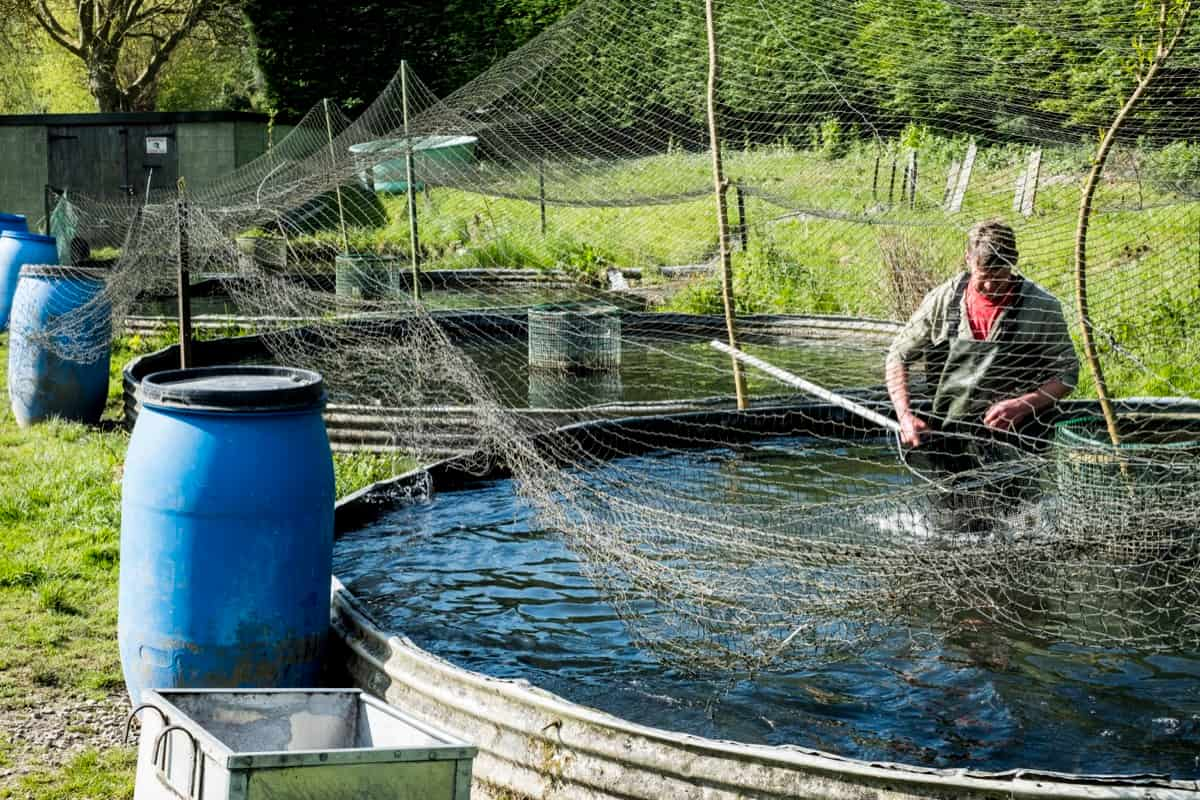
Studies have shown that biofloc systems can increase fish production by up to 30% compared to traditional methods. Additionally, biofloc technology can reduce water usage by up to 90% and decrease the need for antibiotics and other chemicals. Furthermore, the production of biofloc can also serve as a potential source of protein for animal feed, reducing the demand for soybean and fishmeal. By utilizing sustainable biofloc fish farming practices, farmers can improve their bottom line while contributing to the preservation of our natural resources.
Sustainable Biofloc Fish Farming
What is Biofloc Fish Farming?
Biofloc fish farming is a new and sustainable method that aims to improve water quality and increase the number of fish grown in a small area. This technology involves creating a microbial community that converts unused feed and waste organic matter into food using probiotics and carbon sources. The result is a natural food source for fish that simultaneously improves water quality by balancing carbon and nitrogen in the system. Biofloc technology is an eco-friendly and cost-effective solution to traditional open-pond fish farming.
It reduces the pressure on the environment by preventing the discharge of waste materials into water bodies. It is also a profitable method of intensive fish farming, as it produces proteinaceous feed in situ, reducing dependence on fish oil and food. Studies have shown that adopting biofloc technology can increase fish production by up to 30% compared to traditional methods while reducing water usage by up to 90% and decreasing the need for antibiotics and other chemicals.
In case you missed it: Government Subsidy for Biofloc Fish Farming in India
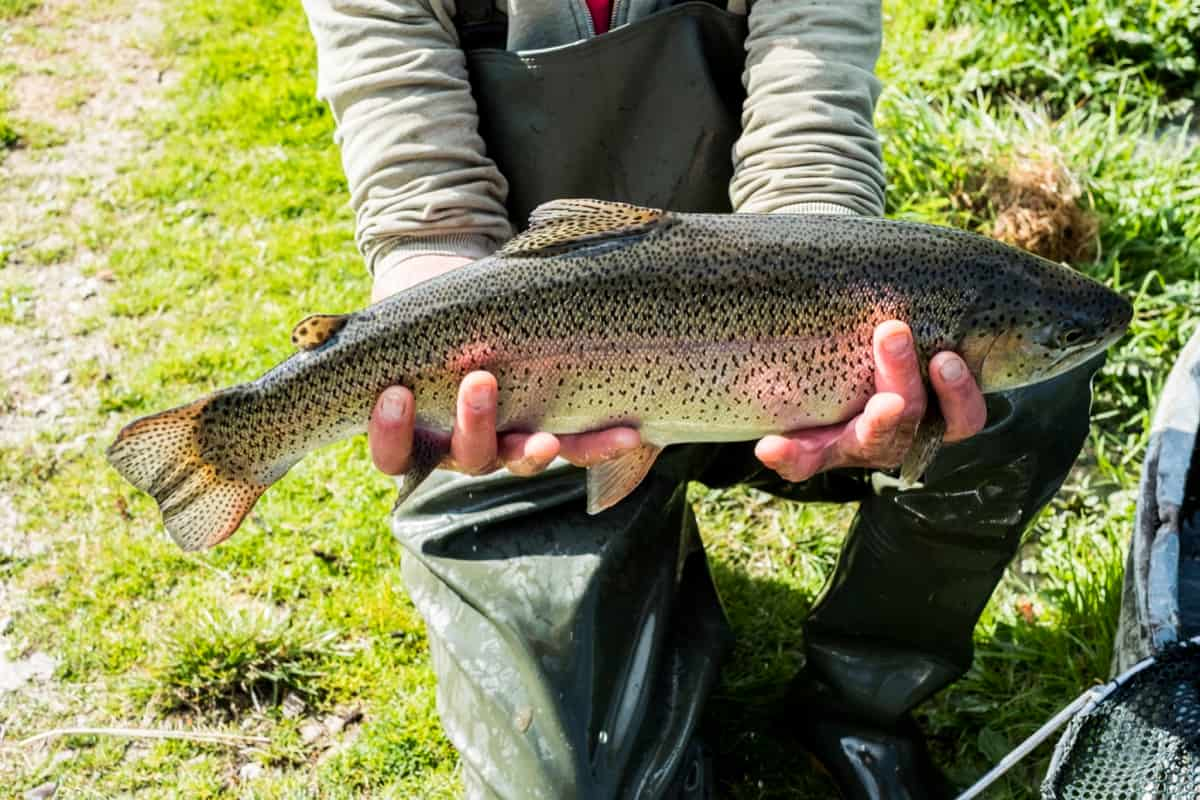
The acceptance of biofloc technology in outdoor and indoor systems has been well documented, with indoor culture tests showing significant differences in production and productivity. In India, where the demand for aquaculture is increasing with the population, biofloc technology can help boost fish production and encourage local people to participate in farming activities. Adopting biofloc technology will increase productivity and help preserve the environment by reducing the discharge of waste materials into water bodies.
Need for Sustainable Biofloc Technology
- The demand for seafood consumption is increasing with the population, leading to a greater demand for aquatic products for industrial use.
- Traditional fish farming methods need to be more efficient to sustain the growing demand for fish.
- Biofloc technology is a cheap and affordable alternative that converts waste and toxic materials into useful products while reducing maintenance costs.
- Biofloc technology helps reduce water pollution and the risk of introducing and spreading pathogens.
- The technology reduces the utilization of protein-rich feed and the cost of standard feed while increasing productivity.
- Biofloc technology works best with species that can tolerate high solids concentration in water and poor water quality.
- Sustainable biofloc technology can benefit poor farmers who earn their livelihood through fish farming, providing a more efficient and cost-effective way to sustain their business.
- By adopting sustainable biofloc technology, the fishing industry can meet the growing demand for fish while reducing its impact on the environment and preserving natural resources.
In case you missed it: How to Start Fish Farming in Australia: Business Plan, Key Rules, Cost, Loans for Biofloc, Backyard, and Freshwater
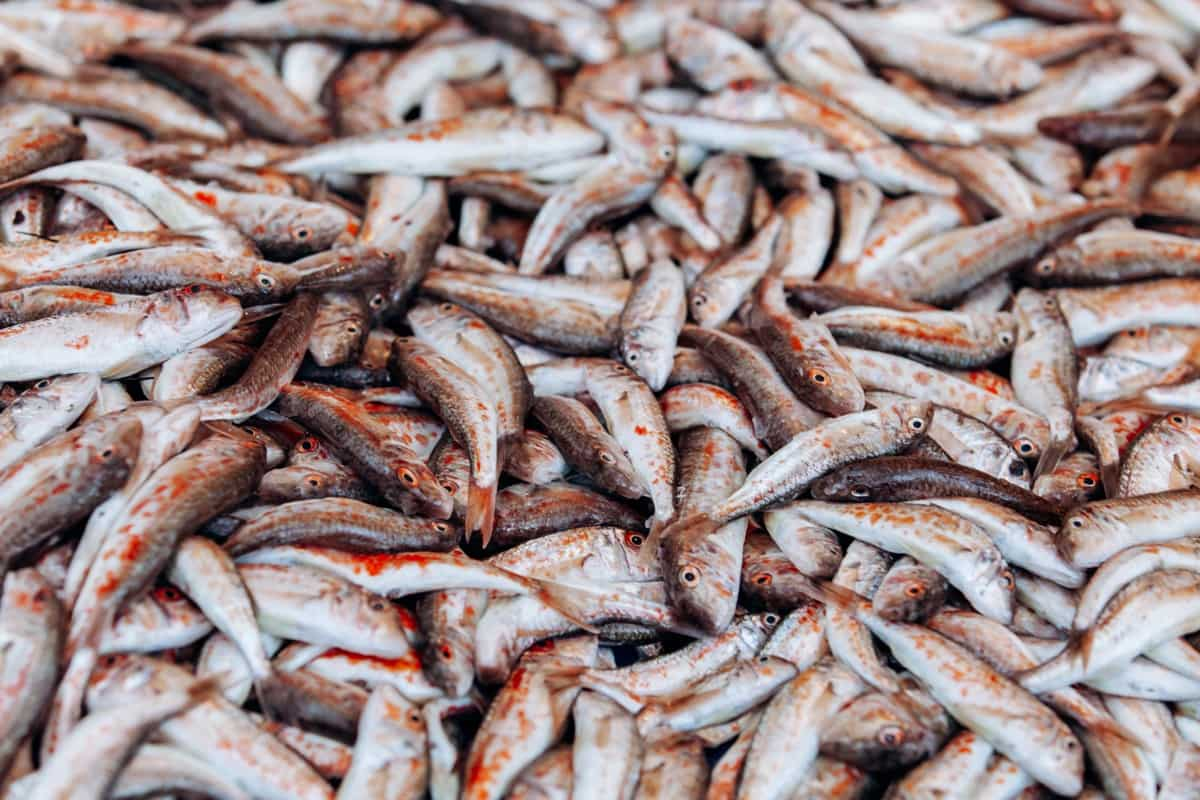
Steps of Sustainable Biofloc Fish Farming
Sustainable Biofloc Fish Farming is a process that involves cultivating fish in tanks with biofloc technology that helps to maintain water quality and reduce the amount of water needed.
Step 1: Setting up the pond/tank: The first step is to find a suitable site for a Sustainable Biofloc Fish tank or pond. If using a pond, it should be lined with a protective layer to prevent soil contamination, as the soil is rich in heavy metals like arsenic and mercury. If using a tank, a concrete lining is recommended.
Step 2: Aeration: Aeration is crucial for maintaining optimal oxygen distribution and preventing the formation of anaerobic zones that promote the formation of methane and ammonia. Properly placed aerators can save energy and improve the quality of produce.
Step 3: Selection of species and related factors: Selection of the most biologically efficient species for the culture water and conditions is important. The internet has data based on these parameters to help in the selection process.
Step 4: Optimization of Carbon and Nitrogen: Ammonia peaks can occur due to nitrogen content, so optimizing carbon sources and feed mixtures with a carbon-to-nitrogen (C/N) ratio above 10. This can be done by adding materials that contain simple sugars like molasses or reducing the protein content of the feed.
Step 5: Biofloc growth: Seeds for different algae, bacteria, protozoa, and probiotics are introduced into the culture water, and within weeks the number of flocs will increase from negligible to four to five flocs per milliliter. This will help maintain water quality and reduce the amount of water needed.
Benefits of Sustainable Biofloc Fish Farming
- Sustainable biofloc fish farming is a new and innovative method of fish farming that has been gaining popularity in recent years. This method involves the creation of a self-sustaining ecosystem within the fish farming pond by encouraging the growth of beneficial bacteria and microorganisms.
- Increased fish yield: Sustainable biofloc farming can significantly increase fish yields compared to traditional farming methods. This is because the self-sustaining ecosystem within the pond provides a constant food source for the fish.
- Improved water quality: The growth of beneficial bacteria and microorganisms within the pond helps to enhance the quality of water by breaking down organic waste and reducing harmful ammonia and nitrite levels.
- Reduced environmental impact: Sustainable biofloc fish farming has a significantly lower environmental impact than traditional farming methods. This is because chemical fertilizers and antibiotics are minimized, and the self-sustaining ecosystem within the pond helps maintain a healthy balance.
- Lower production costs: Sustainable biofloc fish farming can also lead to lower production costs when compared to traditional fish farming methods. This is because less feed and other inputs are required, and the self-sustaining ecosystem helps to reduce the need for costly water treatments.
- Higher profits: The increased fish yields and lower production costs associated with sustainable biofloc fish farming can lead to higher profits for fish farmers.
- Healthier fish: Sustainable biofloc fish farming can lead to healthier fish. The self-sustaining ecosystem within the pond provides a natural and healthy environment for the fish to grow and thrive.
- Improved food security: Sustainable biofloc fish farming can also help to improve food security by providing a reliable source of high-quality fish protein.
In case you missed it: A Guide to Understand Biofloc Fish Farming: Check How this Guide Helps Fish Farmers
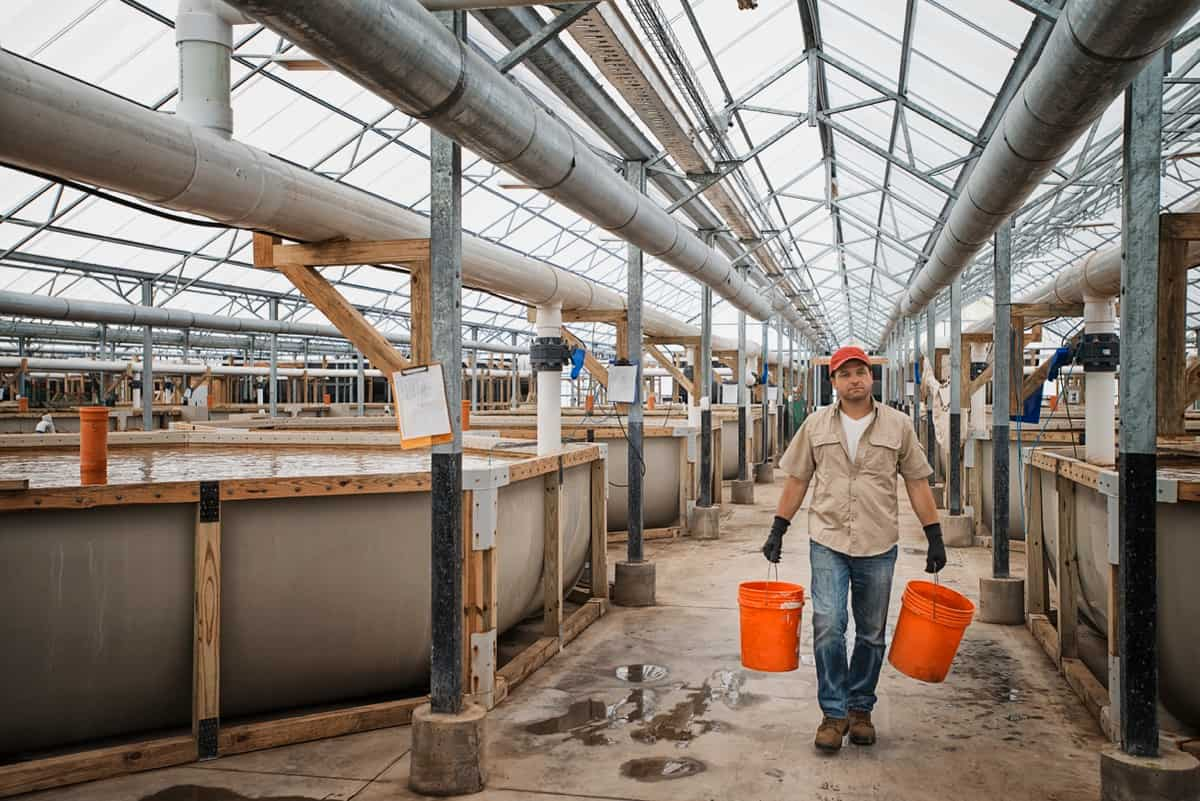
Sustainable Biofloc Fish Farming Practices
- Water quality management: Regular monitoring of water quality factors such as pH, temperature, dissolved oxygen, and ammonia levels is essential to maintain a healthy environment for the fish.
- Feeding management: Feeding practices should be adjusted based on the size and growth rate of the fish. Overfeeding fish with feed can lead to poor water quality, while underfeeding can result in stunted growth.
- Biosecurity measures: Implementing strict measures can prevent the spreading of diseases and parasites in fish farms. This includes proper equipment disinfection, incoming fish monitoring, and isolation of sick fish.
- Tank design and maintenance: Tanks should be designed to provide adequate space and water flow for the fish, and regular maintenance should be carried out to prevent leaks or structural damage.
- Proper aeration: Oxygen is essential for fish survival, and aeration systems should be properly designed and maintained to ensure adequate oxygen levels.
- Stocking density management: Overcrowding can lead to poor water quality and increased stress on the fish, which can increase the risk of disease outbreaks.
- Environmental monitoring: Regular monitoring of the surrounding environment, such as water sources and land use practices, can help identify potential sources of contamination and prevent negative impacts on the fish farm.
- Disease management: Early detection and treatment of diseases can prevent the spread of infections and minimize the need for antibiotics or other treatments.
- Use of probiotics: Probiotics can improve the digestive health of the fish and reduce the risk of disease outbreaks.
- Water treatment: Proper incoming water treatment can reduce the risk of introducing pathogens or contaminants into the fish farm.
- Use of natural feed sources: The use of natural feed sources, such as algae and plankton, can reduce the reliance on artificial feed and improve the overall health of the fish.
- Integration with agriculture: Integration of fish farming with agriculture can provide additional nutrient inputs and reduce waste outputs.
- Energy efficiency: Implementing energy-efficient technologies, such as solar panels or efficient pumps, can reduce operating costs and environmental impact.
- Use of recirculating systems: Recirculating systems can reduce water use and minimize waste outputs.
- Continuous improvement: Regular monitoring and evaluation of the fish farming operation can identify areas for improvement and ensure the operation’s continued success.
In case you missed it: Earning 10 Lakh Per Year from Biofloc Fish Farming – A Success Story, Double Your Profit with Biofloc

Fish Feed and Diseases Management in Sustainable Biofloc Farming
- Biofloc farming uses wasted feed and fish excreta to create a biofloc feed source for fish.
- This reduces the need for expensive feed and minimizes waste while solving the problem of water pollution.
- In traditional fish farming, disease outbreaks are common, and water exchange systems are used to replace polluted water with fresh water.
- Biofloc farming utilizes probiotics or microbes to promote immunity in species and reduce pathogenic bacteria.
- This minimizes the need for water exchange systems, reduces operational costs, and makes Biofloc fish farming sustainable and eco-friendly.
Challenges in Sustainable Biofloc Fish Farming
- High capital costs: Building a biofloc system can be expensive, especially for small-scale farmers who lack the necessary funds. The construction of biofloc ponds, aeration systems, and biosecurity measures requires a significant investment.
- Complex management practices: Managing a biofloc system can be complicated, and farmers must understand the system well to maintain optimal conditions for the fish. Monitoring water quality parameters, controlling the carbon-nitrogen ratio, and managing microbial populations require specialized knowledge and skills.
- Disease outbreaks: Biofloc systems are susceptible to disease outbreaks, and farmers must take proactive measures to prevent and control them. Adequate biosecurity measures, such as disinfection and quarantine protocols, must be in place to minimize the risk of disease transmission.
- Limited availability of feed ingredients: Using alternative protein sources, such as soybean meal, wheat bran, and poultry by-products, in biofloc systems is essential to reduce dependence on fishmeal, but their availability can be limited, and their cost can vary.
- Energy consumption: Biofloc systems require considerable energy to maintain optimal conditions for the fish. Aeration systems, pumps, and other equipment can be energy-intensive, increasing operating costs.
- Market access: The demand for biofloc fish products needs to be better established in some regions, making it challenging for farmers to find markets for their products.
- Limited research: Despite the growing popularity of biofloc systems, research on the topic still needs to be improved, and there is a need for more studies to address various aspects of sustainable biofloc fish farming.
- Climate change: Changes in the environment of Biofloc temperature and humidity patterns due to climate change can affect the production and management of biofloc systems.
In case you missed it: Importance of Dissolved Oxygen Level in Aquaculture: Ways to Improve It
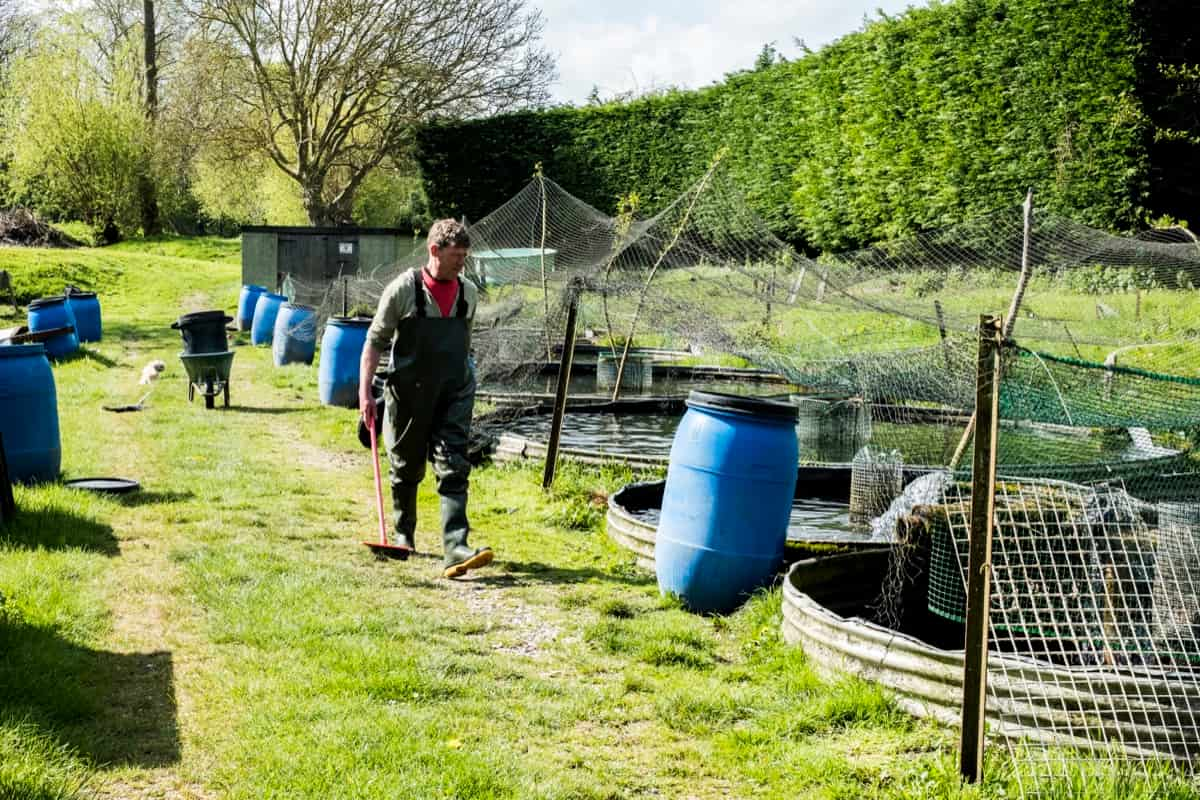
Growth Performance Sustainable Biofloc system
Fish growth is determined by length and weight every 15 days. To analyze the growth performance, ten fish were randomly selected from each treatment and weighed after starving overnight. The growth performance is evaluated using various formulas such as specific growth rate (SGR), percentage of weight gained (PWG), feed conversion ratio (FCR), the protein efficiency ratio (PER), biomass, and survival rate.
- SGR is calculated using the formula SGR(%) = LOG e final weight of the fish – Log e initial weight of the fish/ number of days x 100.
- PWG is calculated using the formula PWG(%) = Final weight of the fish- initial weight/ initial weight x 100. FCR is determined by dividing the dry feed weight given by the wet weight of the fish.
- PER is calculated as the ratio of the wet weight of the fish to the crude protein feed given. Finally, the survival rate is calculated using the formula Survival rate(%) = Total number of Harvested Animals from the fish culture/ Total number of stocked fish x 100.
Conclusion
Sustainable Biofloc Fish Farming is an eco-friendly and profitable method with numerous benefits, including reduced environmental impact, high production efficiency, and improved fish health.
- Types of Pesticides Used in Agriculture: A Beginner’s Guide
- Economical Aquaculture: A Guide to Low-Budget Fish Farming
- 15 Common Planting Errors That Can Doom Your Fruit Trees
- How to Make Houseplants Bushy: Effective Tips and Ideas
- Innovative Strategies for Boosting Coconut Pollination and Yield
- Pollination Strategies for Maximum Pumpkin Yield
- The Complete Guide to Chicken Fattening: Strategies for Maximum Growth
- Natural Solutions for Tulip Problems: 100% Effective Remedies for Leaf and Bulb-Related Issues
- Revolutionizing Citrus Preservation: Towards a Healthier, Greener Future
- Natural Solutions for Peony Leaf and Flower Problems: 100% Effective Remedies
- Maximizing Profits with Avocado Contract Farming in India: A Comprehensive Guide
- Natural Solutions for Hydrangea Problems: 100% Effective Remedies for Leaf and Flowers
- The Ultimate Guide to Choosing the Perfect Foliage Friend: Bringing Life Indoors
- From Sunlight to Sustainability: 15 Ways to Use Solar Technology in Agriculture
- The Ultimate Guide to Dong Tao Chicken: Exploring from History to Raising
- The Eco-Friendly Makeover: How to Convert Your Unused Swimming Pool into a Fish Pond
- Mastering the Art of Delaware Chicken Farming: Essentials for Healthy Backyard Flocks
- 20 Best Homemade Fertilizers for Money Plant: DIY Recipes and Application Methods
- How to Craft a Comprehensive Free-Range Chicken Farming Business Plan
- Brighten Your Flock: Raising Easter Egger Chickens for Beauty and Bounty
- How to Optimize Your Poultry Egg Farm Business Plan with These Strategies
- Subsidy for Spirulina Cultivation: How Indian Government Schemes Encouraging Spirulina Farmers
- Ultimate Guide to Raising Dominique Chickens: Breeding, Feeding, Egg-Production, and Care
- Mastering the Art of Raising Jersey Giant Chickens: Care, Feeding, and More
- Ultimate Guide to Raising Legbar Chickens: Breeding, Farming Practices, Diet, Egg-Production
- How to Raise Welsummer Chickens: A Comprehensive Guide for Beginners
- How to Protect Indoor Plants in Winter: A Comprehensive Guide
- Ultimate Guide to Grow Bag Gardening: Tips, Tricks, and Planting Ideas for Urban Gardeners
- Guide to Lotus Cultivation: How to Propagate, Plant, Grow, Care, Cost, and Profit
- Agriculture Drone Subsidy Scheme: Government Kisan Subsidy, License, and How to Apply Online
- Ultimate Guide to Raising Araucana Chickens: Breed Profile, Farming Economics, Diet, and Care
- Bringing Hydroponics to Classroom: Importance, Benefits of Learning for School Students
- Ultimate Guide to Raising Polish Chickens: Breed Profile, Farming Economics, Diet, and Care
- Ultimate Guide to Raising Australorp Chickens: Profile, Farming Economics, Egg Production, Diet, and Care
- Silkie Chicken Farming: Raising Practices, Varieties, Egg Production, Diet, and Care
- Sussex Chicken Farming: Raising Practices, Varieties, Egg Production, Diet and Care